ATVs Explained: All About the Drive System

Whether you know a little or a lot, it's advantageous to understand the drive system of your ATV...
While it might not be as glamorous as discussing your ATV’s engine power, transferring that power to the tires is just as crucial. ATVs (All-Terrain Vehicles) require a reliable power transfer to get and keep them moving, which is where their drive systems come into play. These systems convert engine power into motion, and there are a few different types used in ATVs.
In this article, we’ll explore three common ATV drive systems, explaining how they work and the pros and cons of each. We’ll begin with the tried-and-true chain drive and end with the more modern shaft drive.
Chain Drives
Chain-driven ATVs use a metal chain to connect the engine to the rear wheels. The chain wraps around a sprocket on the transmission’s output shaft (called the countershaft) and another sprocket on the rear axle, which rotates the tires.
When you press the throttle, the countershaft spins, turning the chain and powering the wheels.
Maintaining a chain drive involves regularly adjusting the chain to keep it properly tensioned, cleaning it to remove dirt and grime, and occasionally lubricating it. Modern chains are sealed, so keeping them clean is more important than constantly applying lubricant. Failure to clean can lead to an abrasive buildup that quickly wears out the chain.
Today, chain-driven systems are generally reserved for sport ATVs and very entry-level machines due to their simplicity and low cost.
Pros:
- Strong enough for high-horsepower applications.
- Easy to change the final drive gearing.
- Affordable and relatively easy to maintain.
- Great for off-road riding, as they are resistant to damage and stay on the sprockets well when maintained.
Cons:
- Requires frequent maintenance in the form of cleaning, lubrication, and adjustment.
- Heavy, which contributes to more driveline loss.
- Poor maintenance can cause corrosion and damage, leading to premature failure.
- Messy and noisy compared to other systems.
Belt Drives
Belt-driven ATVs function similarly to chain drives but use a reinforced belt instead of a metal chain. This type of drive is quieter, smoother, and requires less maintenance. You’ll often find belt drives on utility ATVs or models designed for work use or trail riding. Belts tend to last longer than chains, and the sprockets don’t wear out as quickly either.
Maintaining a belt drive involves checking the belt for wear and damage, adjusting the tension, and replacing it if it’s cracked or worn. Belts are generally reliable but do have a lifespan, so it’s recommended that riders with belt-driven machines carry a spare belt on longer rides, just in case.
Pros:
- Low maintenance.
- Lighter than chains, reducing power loss.
- Quiet and clean compared to chain systems.
- Resistant to corrosion.
Cons:
- Durability can be compromised if not properly maintained.
- Limited options for changing the final drive gearing.
- Can slip, leading to a loss of optimal power delivery to the tires.
Shaft Drives
Shaft drives are generally considered an extension of belt drives. In these systems, a shaft runs from the transmission (usually a CVT) to the rear axle, transferring power to the tires. The driveshaft connects to a ring and pinion gear assembly inside a housing filled with gear oil. This setup is sealed and requires very little maintenance.
Shaft drives are commonly found on utility ATVs (and UTVs) used for heavy-duty work. They are also found on some low-end machines due to their simplicity and the availability of off-the-shelf parts. While shaft-driven systems are low-maintenance and durable, they can be more expensive and challenging to repair if something goes wrong, as they involve more components like universal joints and gears.
Pros:
- Very strong and durable, capable of handling high power.
- Extremely reliable with minimal maintenance over the long term.
- Ideal for heavy-duty tasks and long-term performance.
- Heavier and more complex than other systems, leading to more driveline loss.
- Expensive to repair and harder to service.
- Limited ability to change the final drive gearing.
- Some shaft systems experience driveline lash, causing a slight delay when applying the throttle.
Conclusion
Each ATV drive system has its own set of advantages and drawbacks. Chain drives are durable and versatile, belt drives are quiet and low-maintenance, and shaft drives are robust and long-lasting. The best drive system for you depends on how you intend to use your ATV. Understanding the pros and cons of each will help you make the right choice based on your needs.

Ross hosts The Off the Road Again Podcast. He has been in the off-road world since he was a kid riding in the back of his dad’s YJ Wrangler. He works in marketing by day and in his free time contributes to Hooniverse, AutoGuide, and ATV.com, and in the past has contributed to UTV Driver, ATV Rider, and Everyday Driver. Ross drives a 2018 Lexus GX460 that is an ongoing build project featured on multiple websites and the podcast and spends his free time working on and riding ATVs.
More by Ross Ballot














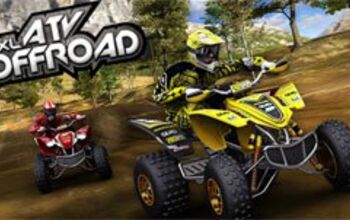

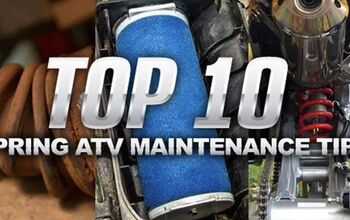


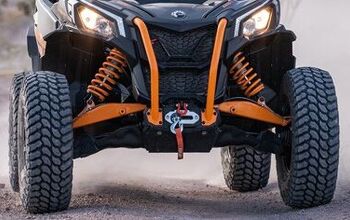
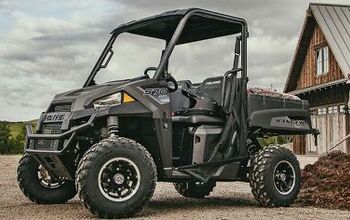
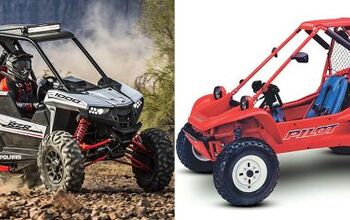
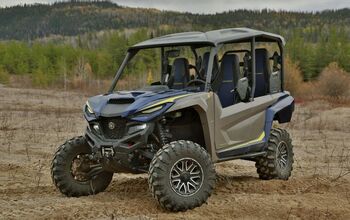


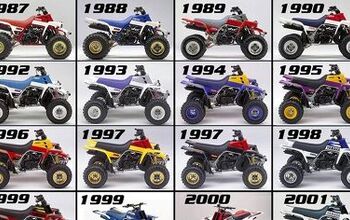
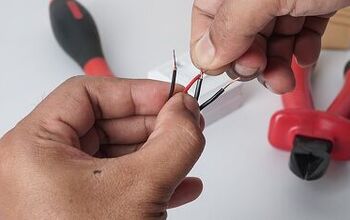



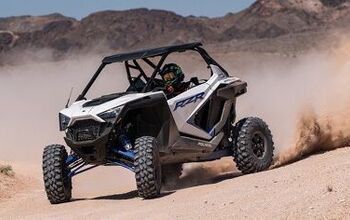

Comments
Join the conversation